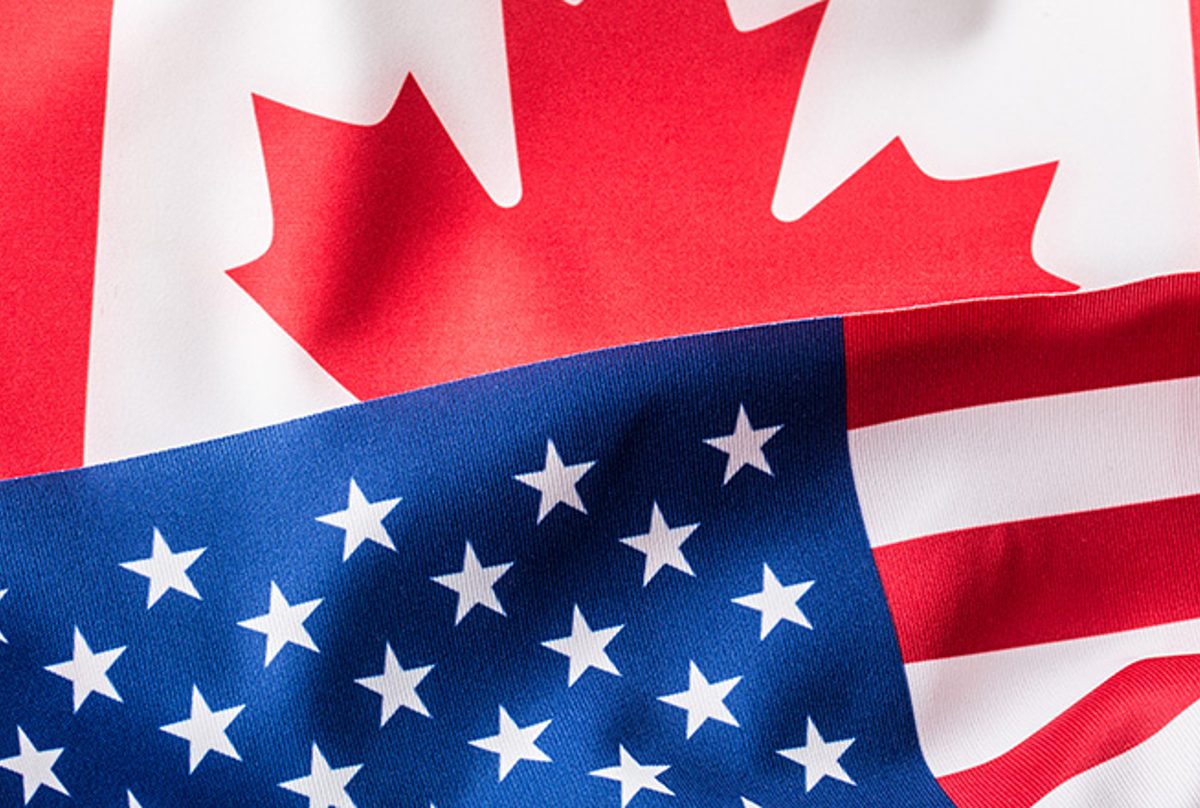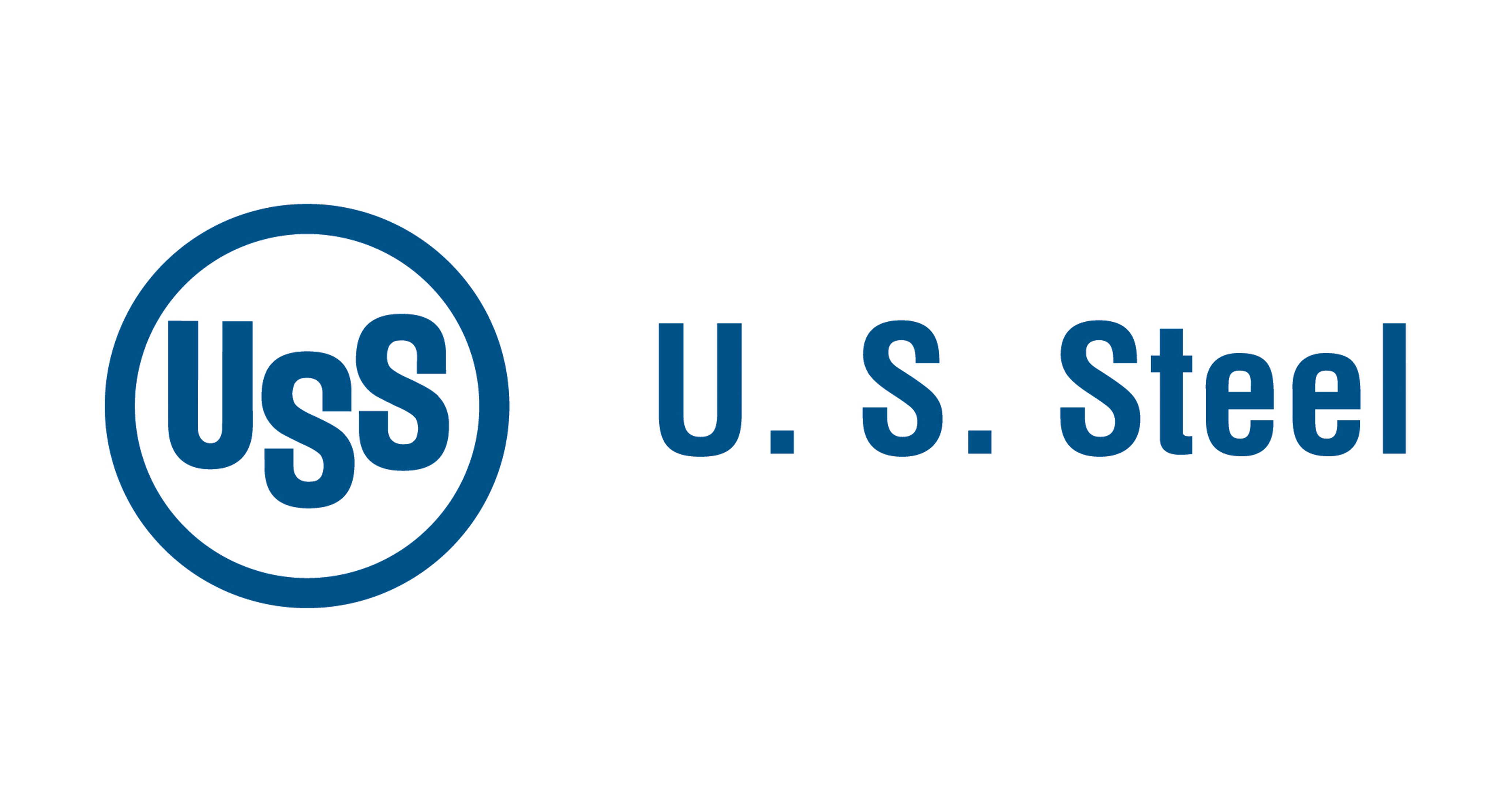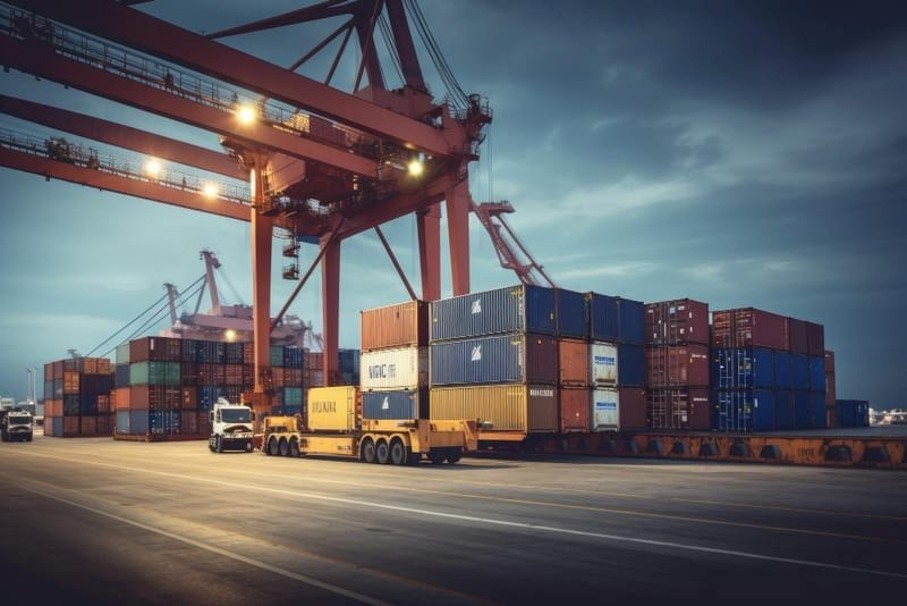Government/Policy

April 11, 2019
Trump Threatens Tariffs on $11 Billion of EU Imports in Aircraft Subsidies Dispute
Written by Tim Triplett
The Trump administration is threatening to impose tariffs of up to 100 percent on goods imported from the European Union as early as this summer in a long-running dispute over aircraft subsidies.
A preliminary list of goods that could be affected covers every major product group. Deadline for comments on the list is May 28. Importers of affected goods should accelerate efforts to mitigate the impact of any potential tariff increase, such as working to have their products omitted from the final list or considering alternative sources, reported the Washington law firm of Sandler, Travis & Rosenberg.
A World Trade Organization arbitrator is expected to issue a final decision this summer on the amount of countermeasures the U.S. may impose against the EU for its failure to fully withdraw subsidized financing to Airbus, previously found to be inconsistent with WTO rules and harmful to U.S. interests.
To enable the U.S. to “respond immediately” when that decision is announced, the Office of the U.S. Trade Representative is beginning the process of identifying EU products to which additional tariffs of up to 100 percent may be applied. The preliminary list includes 317 tariff lines when imported from any of the 28 EU member states as well as nine tariff lines covering helicopters, aircraft, and aircraft parts when imported from France, Germany, Spain or the United Kingdom.
The estimated import value of the goods on the preliminary list was approximately $21 billion in 2018. However, the final list will reflect only the amount of trade found to be adversely affected in the arbitrator’s decision, which may be higher or lower than the $11.2 billion the U.S. has requested. Retaliatory tariffs imposed on goods included in the final list will only be lifted “when the EU ends these harmful subsidies,” stated USTR.
USTR is inviting public input on any aspect of the proposed retaliation, including (1) products that should be retained, removed or added; (2) how high tariffs should be raised; (3) the aggregate level of trade to be covered by additional tariffs; and (4) whether higher tariffs might harm U.S. stakeholders, including small businesses and consumers. Comments on these issues are due by May 28. USTR is also holding a hearing May 15 in Washington, D.C.







